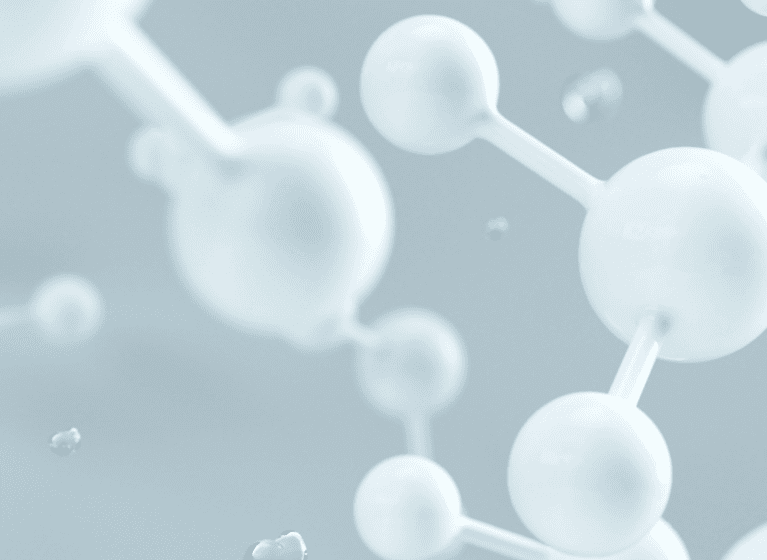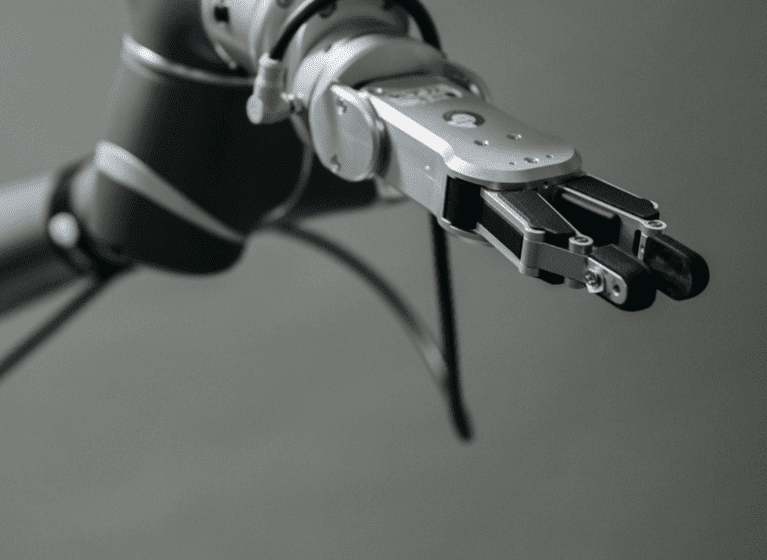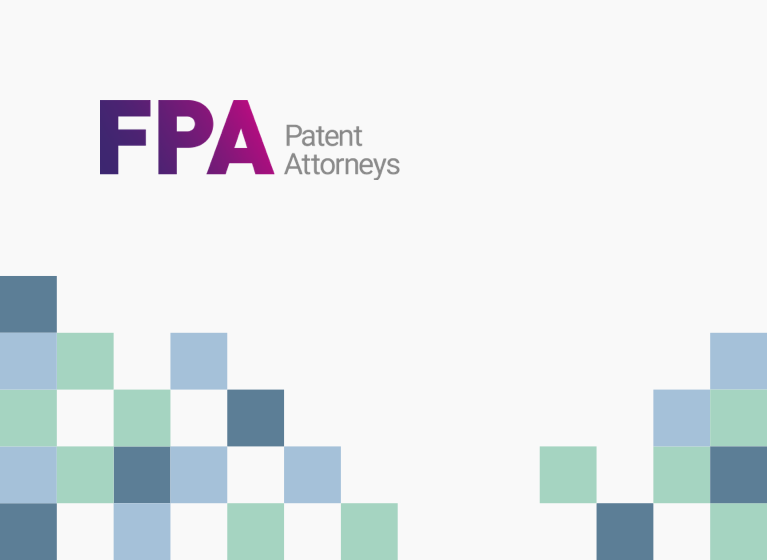The rapid development of AI in the field of drug discovery and design is creating exciting new opportunities. In recent years, drugs discovered using AI tools have progressed through early-stage clinical trials, showing promising results. Additionally, the AI toolkit for drug discovery continues to expand, such as the release of AlphaFold3 for protein structure prediction.
However, the use of these AI tools also raises questions about the potential impact on the intellectual property (IP) landscape around new drugs.
In this article series, “Navigating the opportunities and risks of patenting AI-designed drugs”, we discuss some of the most exciting promises that inventors and patentees can access, and also explore the possible challenges and risks that may be faced when seeking patent protection of drugs discovered through the use of AI-tools.
Part 1: Introduction
The rapid pace of AI developments in the field of drug discovery and design is creating exciting new opportunities for inventors.
In recent years, drugs discovered using AI tools have entered and progressed through Phase I and II clinical trials, with initial analyses suggesting reasonable success1,2. Along with these promising clinical developments, the AI drug-discovery toolkit continues to grow – for example, the recent release of AlphaFold3 for protein structure prediction.
But how will these increasingly powerful AI tools impact the IP landscape around new drugs? Will the increasing use of AI in drug design help or hinder those attempting to obtain patent protection for novel molecules?
In Part 1 of this article series, we discuss some of the ways AI tools are being used in drug discovery. In Part 2, we outline some potential benefits and considerations for drug originators when seeking patent protection for pharmaceutical inventions discovered and developed using AI. And in Part 3, we discuss potential risks for patent protection for drugs that have been discovered/designed either wholly or in part through the use of AI tools.
AI tools for drug discovery
AI tools for drug-discovery promise to deliver accessible and cost-effective exploration of therapeutic targets. Drug discovery is an infamously expensive exercise and the ability to quickly explore and optimize potential targets is an exciting prospect for many drug-hunters. It is no surprise that some of the earliest examples of applied AI tools have been in the drug discovery arena – with the goal of reducing the number of Design-Make-Test-Analyse (DMTA) cycles before reaching a promising candidate.
In the table below, we summarise a selection of some of the elements of drug design where there are currently available AI tools that have been built to meet these real-world challenges.
Table 1: Examples of AI tools to assist early-stage drug design
| AI-assisted drug design element | Examples |
|---|---|
| identify molecular targets (including epitopes for antibodies, substrates for enzymes, ligands for receptors) | Alphafold3, 4 is a tool that can predict the tertiary structure of a protein from the protein sequence. The large advance of Alphafold over previous structure prediction tools is improvement in accuracy of predictions because it uses deep learning methods and large training data sets. Having a reliable model for the 3D-structure of a protein allows researchers to understand the structure of binding sites (including cyptic active sites), to then design molecules capable of binding proteins (in other words, an AI-expedited version of other data-driven drug discovery methods eg brute force docking screens). |
| predict molecular structures or sequences, fast follower and backup analogue identification |
Peptilogics5 is a generative AI that can generate peptide sequences that are predicted to bind to a selection of arbitrary proteins based on the protein’s primary sequence. Consequently, if the protein is a drug target, Peptilogics can identify potential peptide therapeutics for targeting that protein. Similarly, BioNemo6 promises to generate structures of small molecules, which are predicted to bind to certain target proteins (again based on each target protein’s primary sequence). REINVENT 47 is a generative AI tool for de novo design of small molecules, coming from AstraZeneca. |
| predict binding specificity, selectivity, strength |
AlphaFill8 , which transplants small-molecule ligands from experimentally-solved structures to predicted protein models, to visualise the expected binding of the ligands to the protein. Structure Prediction & Target Enablement9 from Schrödinger, which predicts the binding mode of novel ligands in existing structures, including Alphafold structures. Screening AI programs, such as those available from Schrödinger, can predict ligand binding and placement within a binding site, and strength of docking with free energy predictions. |
| assess molecular stability and pharmacokinetics 11,12 |
pkCSM10 is a tool for predicting small-molecule pharmacokinetic properties using graph-based signatures. There are a host of other AI tools for predicting various aspects of a candidates PK, including:
|
AI tools for mature drug candidates
We are aware that AI has also been applied to later stages of the drug development process, including clinical trial design15, selecting patient cohorts16 and drug repurposing programs17. Clinical trials are fertile ground for further inventions, which can be extremely valuable to create extended patent term for drugs. While this article focusses on patent implications arising from the use of AI tools in early drug design, similar considerations may arise from the use of AI tools in later stage drug development.
In this article, we have also limited our consideration to how AI tools may assist during the drug design process, as opposed to inventions which are in part an AI, such as AI-assisted diagnostic or therapeutic methods. While some of the same considerations may apply, inventions which are themselves, or include, an AI element are subject to a further set of legal considerations.
Outlook for patenting AI-developed drugs
Based on current trends, it appears that the use and impact of AI in drug design will continue to grow and improve. Due to the centrality of patent protection to successful commercialisation of new drugs, it is important that inventors and would-be patent applicants are aware of how AI tools may aid or hinder a drug’s patent potential.
1 How successful are AI-discovered drugs in clinical trials? A first analysis and emerging lessons – ScienceDirect
2 AI Drugs So Far | Science | AAAS
3 Google DeepMind and Isomorphic Labs introduce AlphaFold 3 AI model (blog.google)
4 AlphaFold Protein Structure Database (ebi.ac.uk)
5 Peptilogics; AI Discovery Platform | Peptilogics
6 https://www.nvidia.com/en-au/clara/bionemo/
7 https://jcheminf.biomedcentral.com/articles/10.1186/s13321-024-00812-5
8 AlphaFold Filled (alphafill.eu); AlphaFill: enriching AlphaFold models with ligands and cofactors | Nature Methods
9 Structure Prediction & Target Enablement – Schrödinger (schrodinger.com)
10 https://biosig.lab.uq.edu.au/pkcsm/
11 https://pubmed.ncbi.nlm.nih.gov/37676606/
12 https://academic.oup.com/bioinformatics/article/40/7/btae416/7698030
13 Reaxys Predictive Retrosynthesis | Synthesis route design (elsevier.com); https://www.nature.com/articles/s41467-023-41698-5
14 [Synthia] SYNTHIA™ Retrosynthesis Software (synthiaonline.com)
15 How AI is being used to accelerate clinical trials (nature.com)
16 Inside the nascent industry of AI-designed drugs | Nature Medicine
17 Leveraging generative AI to prioritize drug repurposing candidates for Alzheimer’s disease with real-world clinical validation | npj Digital Medicine (nature.com)






